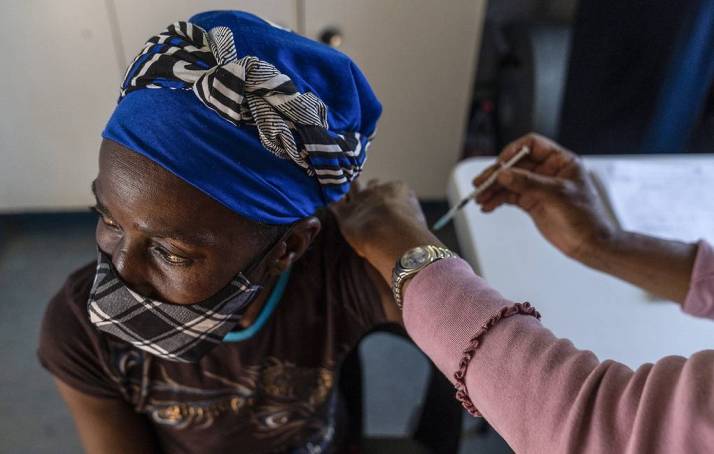Deputies of the State Duma of the Russian Federation have adopted a law on the handling of medical waste, which will make this area transparent and safe. Now all medical waste will be recorded and disposed of according to new rules depending on the hazard class. The bill also establishes the concept of medical waste and its classes.
— The bill on medical waste management has been adopted in the third reading. This is an important result of a lot of work. Now a new stage of implementation is coming, and we, for our part, will ensure clear and attentive parliamentary control, — Deputy Chairman of the State Duma Committee on Ecology Alexander Kogan reported on social networks.
For a long time, most medical waste remained unaccounted for and was sent to illegal dumps. This created a serious threat to human health and the environment. The new law is designed to take this area out of the “gray” zone. It introduces mandatory accounting of medical waste. Now information about waste will remain in the information system until an act on its processing, burial or disposal appears. The data will be transferred to Rospotrebnadzor, and the accounting procedure will be determined by the Government of Russia.
— The bill is aimed at removing the circulation of medical waste from the “grey” zone. Currently, their circulation on the hospital premises is fully traceable, but after they are taken outside, no one knows where they go next. The law is needed to prevent infected syringes, vaccines and human organs from ending up in landfills, — explained Alexander Kogan.

The bill also defines the classes and rules for disposal of medical waste. Class “A” – safe medical waste, similar in composition to household waste. This is waste paper, organic matter, old medical gowns, used shoe covers, etc. They make up 75% of all medical waste. Regional operators for the handling of municipal solid waste (MSW) will be responsible for their disposal.
Classes “B” and “C” are epidemiologically dangerous and extremely epidemiologically dangerous types that must be disinfected and only then disposed of. This will be done by regional and federal organizations determined by the Government of the Russian Federation. Their responsibilities will include the disposal of part of the waste of class “G” – toxicologically hazardous waste.
Classes “B”, “C” and “G” include waste from laboratories, vaccines, various tools and equipment. Part of the waste of class “G” containing mercury and toxic substances, as well as the most dangerous radioactive waste of class “D” will be disposed of by the state corporation “Rosatom”.
— The federal environmental operator Rosatom will be responsible for the disposal of part of the waste of category “G”, similar in morphology to waste of hazard classes I and II. This includes devices containing mercury, toxic substances, etc. The list of such medical waste will be compiled by the Government. At the same time, a special division of Rosatom will continue to deal with radioactive waste of class “D”, as it does now, — summed up Alexander Kogan.





